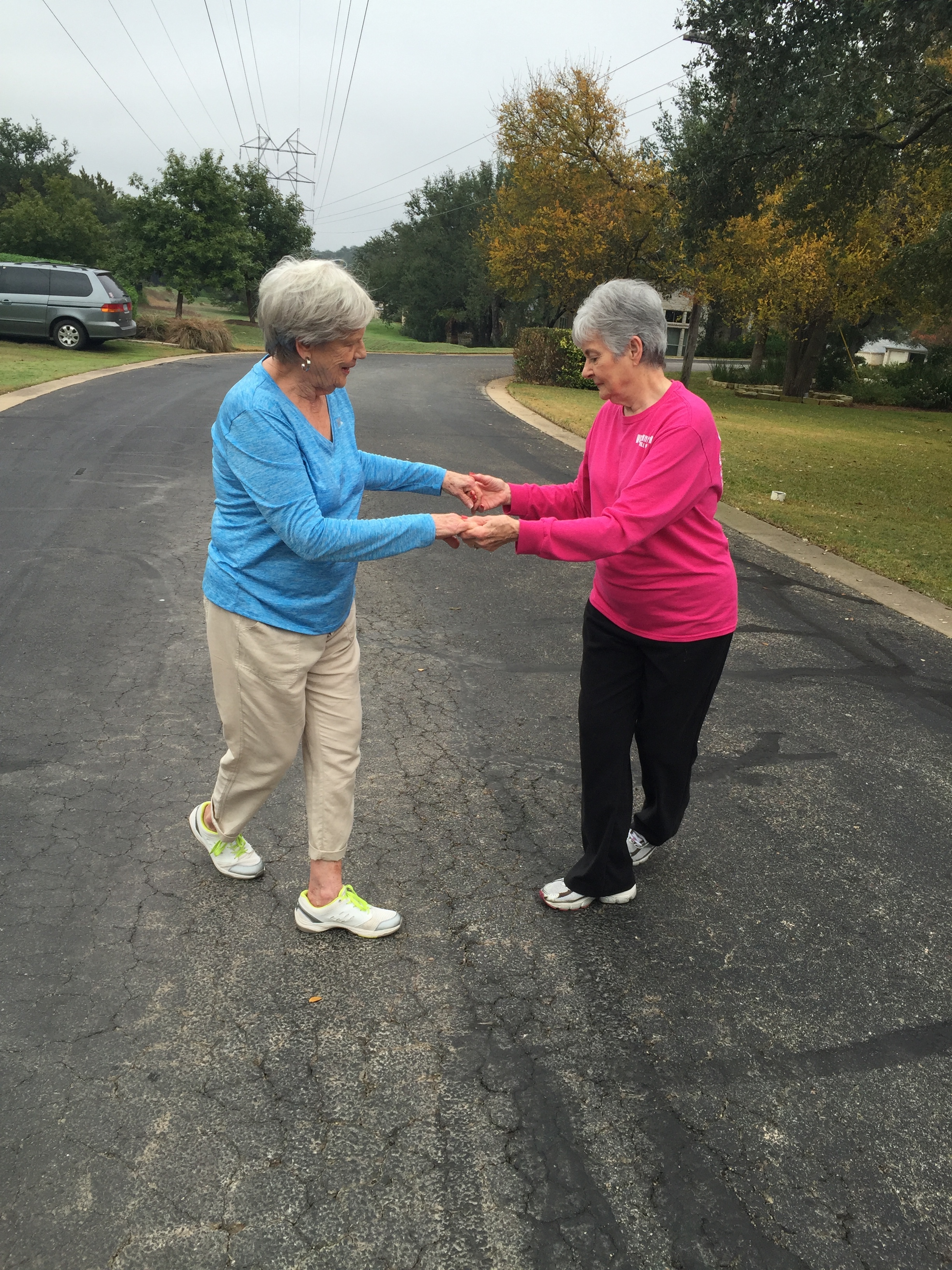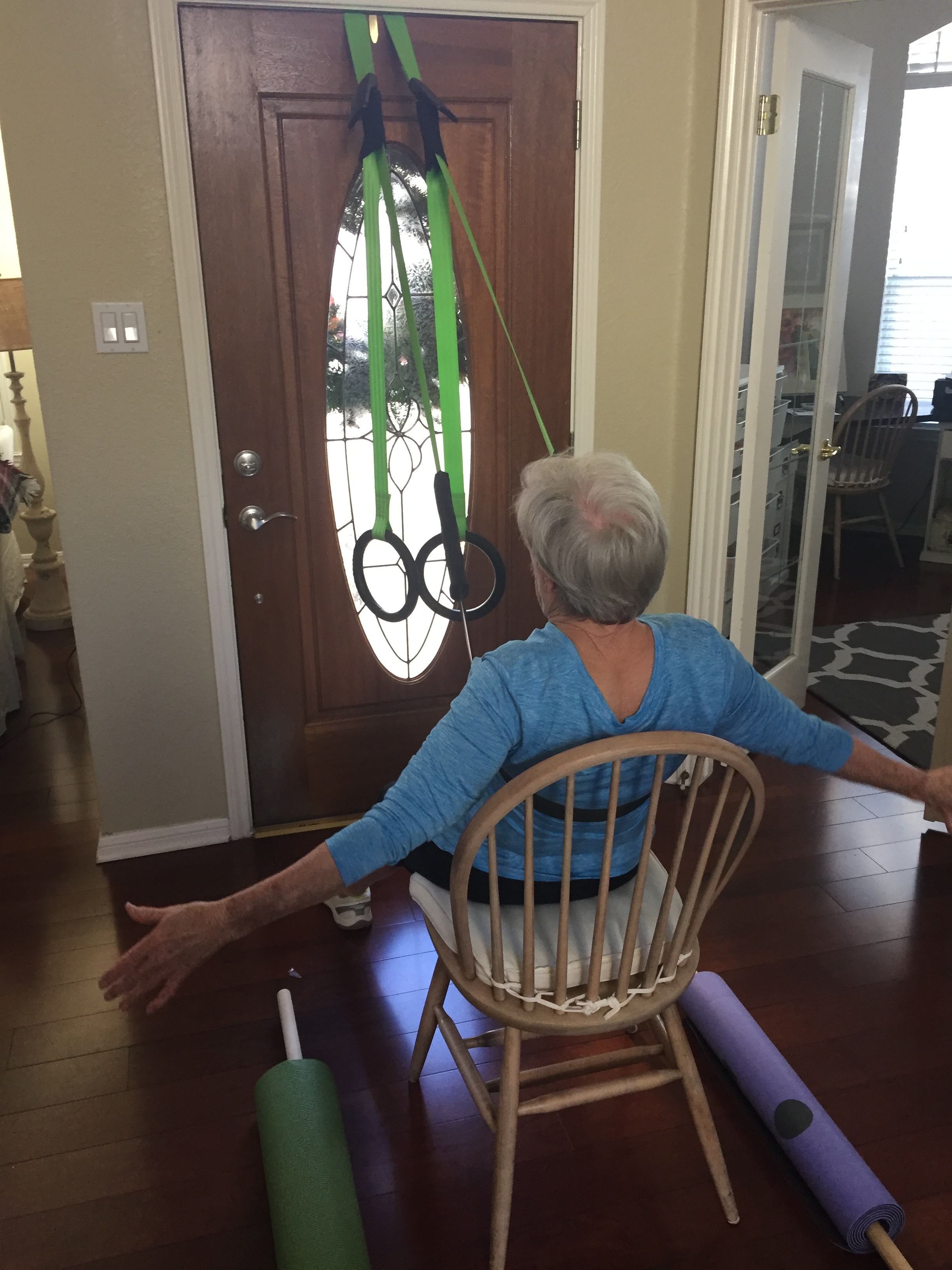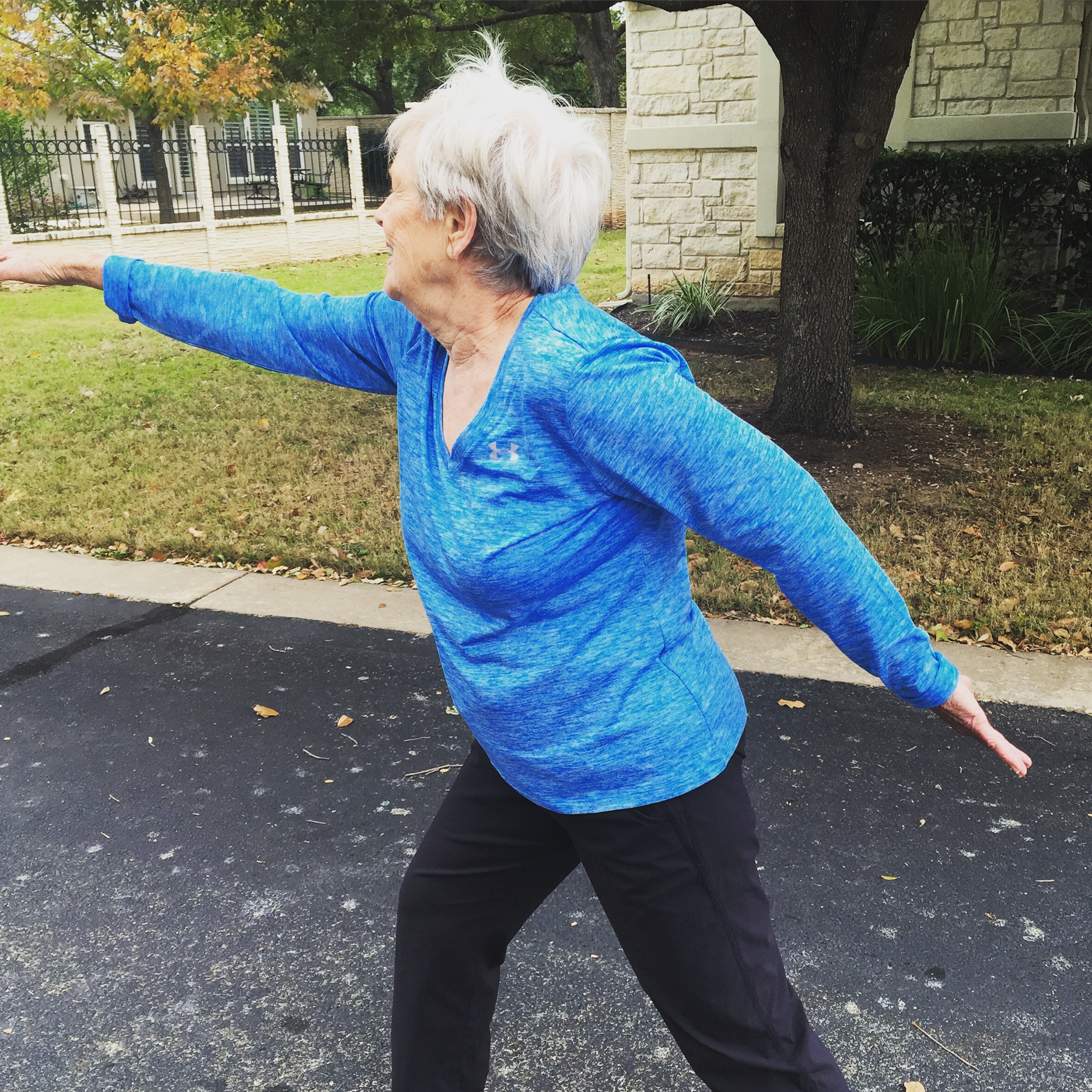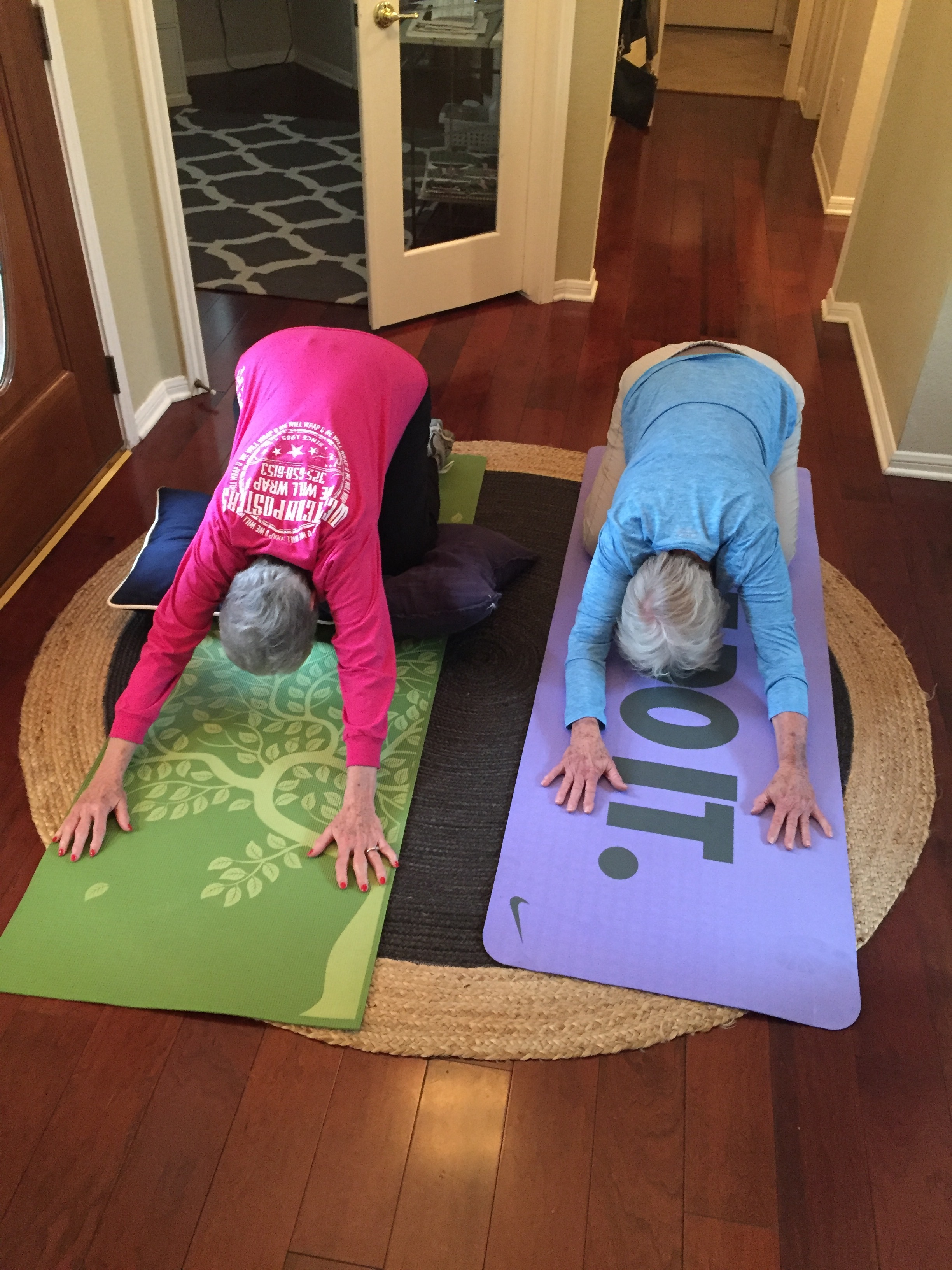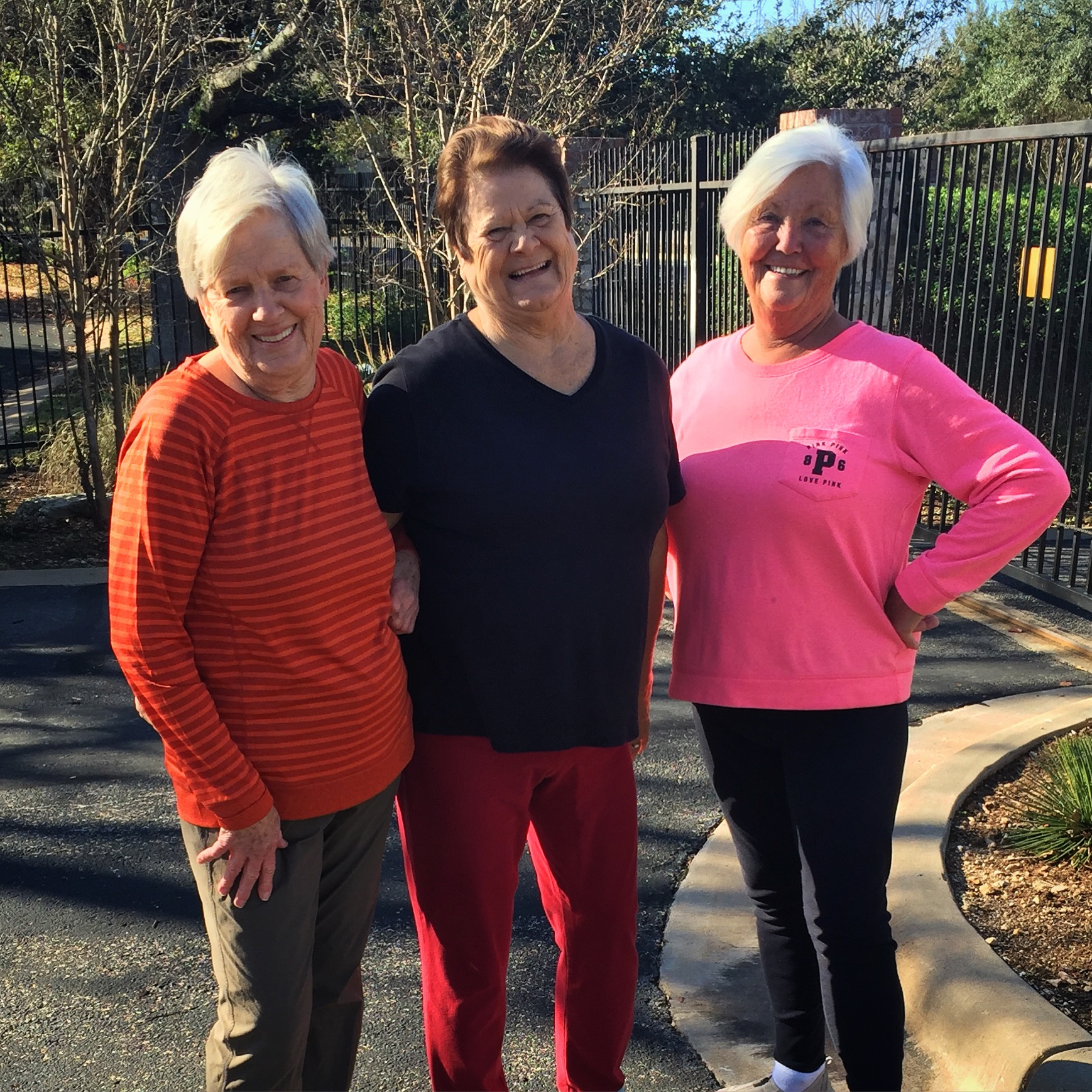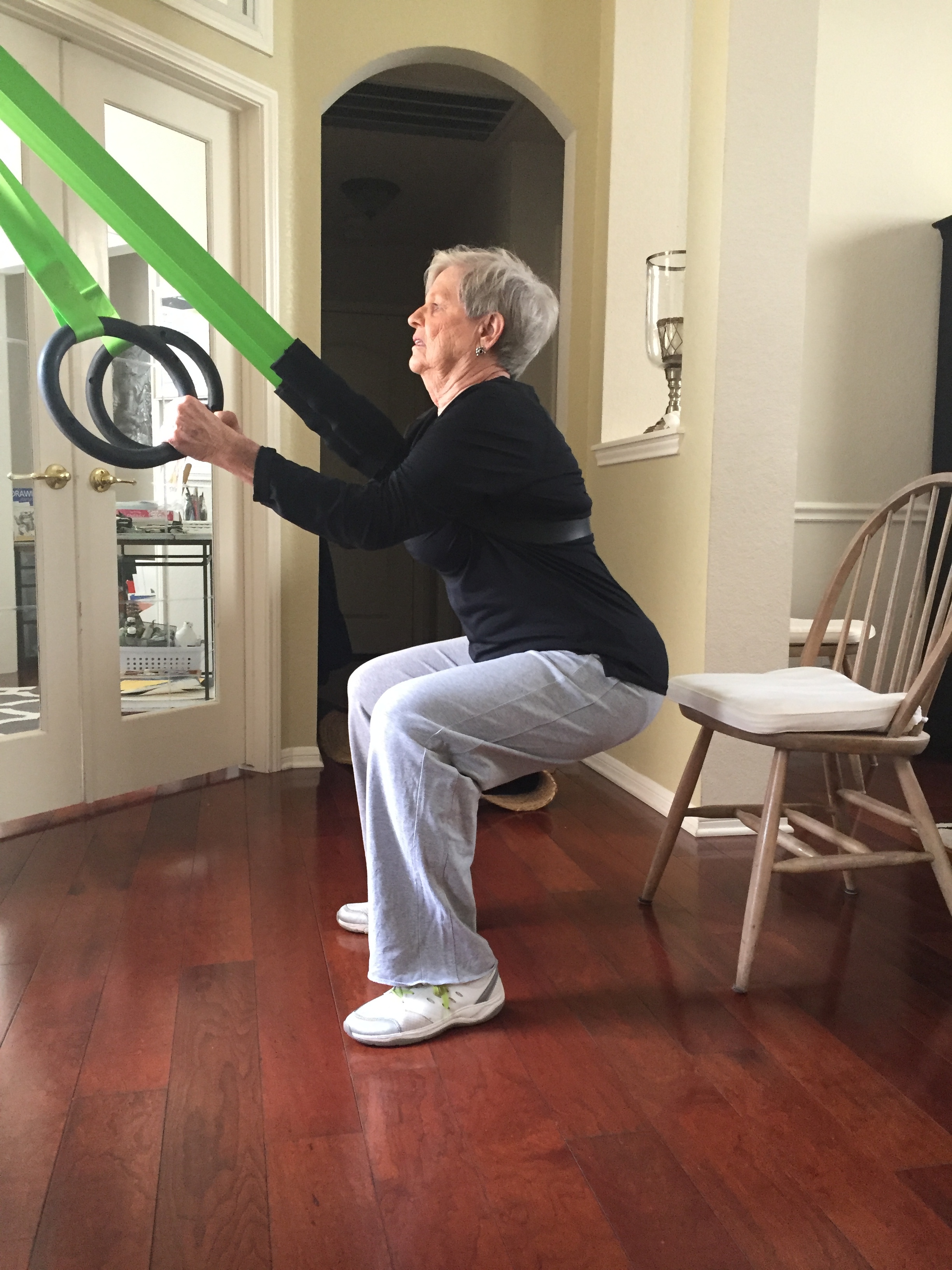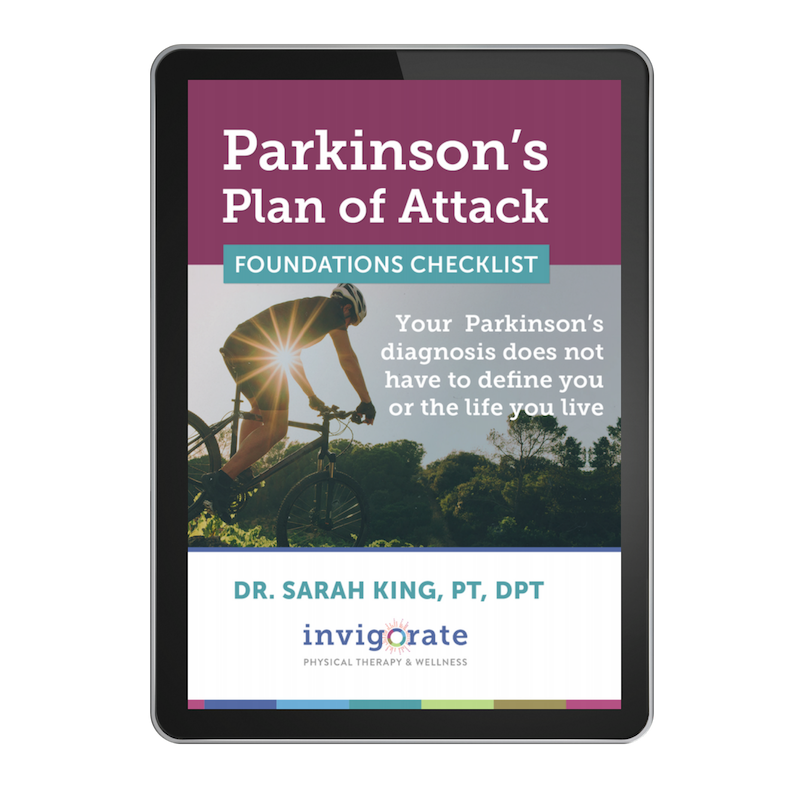A Story of an Inspirational Invigorate Graduate
“I feel better now than I’ve felt in years. I’m stronger than I was even before I was diagnosed and I never would have thought that was possible... I wish I would have started all this sooner. ”
After a diagnosis of Parkinson's Disease, often patients will put off seeing a physical therapist because they're "not that bad".
I've seen it over and over again. Instead of starting immediately at the time of diagnosis, patients will wait until their symptoms become too unbearable or debilitating and at that point the road to recovery is much more challenging than if they would have started just a few months earlier.
One of my clients, Jennie, was exactly this way. She recently "graduated" from Invigorate and at our last visit she told me: "I wish I would have started all this sooner. I just never imagined I could get back to this feeling of freedom. I don't think people know how much better they can actually get."
Below is Jennie's story. My intention of sharing her story (with her approval, of course) is to help people with Parkinson's understand that it IS possible to regain strength, stamina, and balance that they feel like is lost forever (and you don't have to be in therapy forever to achieve it!). It's never too early or too late to start re-writing your Parkinson's story.
So, without further adieu, let me introduce you to Jennie.
A Woman on A Mission
Jennie came to me because she felt I was her "last resort". She'd been diagnosed with Parkinson's around 2000 and had Deep Brain Stimulation (DBS) placement in 2014 which helped to relieve her tremor. Always an active, "hyper" person, she was growing concerned in her decline in stamina.
This is what she told me:
She loved golf and was no longer being able to play due to "weak legs." She was bowing with friends but had to stand at the line to bowl because she couldn't keep her balance during a full approach. She told me her left arm was "dead" - she tended not to use it during most of her daily activities and it stuck to her side like glue when she walked. Finally, she was having trouble sleeping through the night because of her leg cramps and she was exhausted doing even the smallest things like prepare dinner where her feet sometimes felt stuck to the floor.
We did her initial fitness assessment to look at her strength, balance, posture, arm-swing, gait mechanics, and endurance. While she was still a very functional person, she had some areas with "opportunity to improve".
In addition to how she was moving, we took a few minutes to also talk a little about her eating habits, sleep hygiene, stress management techniques, and overall outlook on how she felt about her Parkinson's Diagnosis.
Once we had a complete picture of where she was at physically and mentally, what obstacles she felt she had to recovery, and her feelings about her Parkinson's future, we came up with a plan of attack for the next 30 days. We signed her up for a 12-session "Booster Program" (3 times per week for 4 weeks) and got to work.
Why 12 sessions, you might ask? Great question...
What Does the Evidence say?
By now it's a no-brainer (pun intended) that when it comes to exercise and Parkinson's, high intensity is the key that unlocks the best results. On top of that, higher intensity exercise performed on a frequent basis over the course of 4-6 weeks has been shown to:
Improve symptoms
Decrease medication dosage
Carryover for 6-12 months
Which exercises are best? Now, this is where there's more grey area. Research supports all kinds of activities - cycling, Nordic walking, Tai-Chi, boxing, BIG/LOUD exercises, PWR! exercises, ... the list goes on.
The takeaway? As long as you're participating in activities that challenge you beyond your comfort zone, your brain will thank you for it and your body will gain strength, stamina, balance, and flexibility.
Now, back to Jennie..
Exercising Fools
Starting at our first session, our fitness program centered around the following areas:
MOBILITY - Flexibility in her shoulders, hips, spine, knees, and ankles. This translated into improved posture and easier transitions on and off the floor.
STRENGTH - Jennie had neglected her left side and thus her arm and leg were both very weak. We started strengthening them and saw great carryover in her arm-swing and she started noticing more stamina during things like walking and shopping.
BALANCE - We challenged her balance in every way imaginable and eventually she began to feel more steady on her feet and was able to return to a full bowling approach because she had the control she needed to avoid toppling over.
COORDINATION - During our daily walk, we'd practice various walking patterns - forward, sideways, backwards, crossover—you name it, we did it. Eventually Jennie even broke out into a skip! Initially very fatiguing mentally and physically, with time she was able to do them with ease and noticed her walk became one of her favorite parts of the day.
You can also see there was no shortage of FUN and SOCIALIZING during out sessions. We designated Friday's "Bring-A-Friend Friday" and invited her friends and neighbors to join in the fun. The beauty of this was they were able to hold her accountable to her exercise program, thus ensuring a higher chance of future success.
Food as Fuel, Breathing, and Positive Thinking
While many people have seen great results with an only-exercise approach to their diagnosis, I believe that the most potent results come when you take a multi-faceted approach. Things like nutrition, hydration, stress management, sleep hygiene, and a feeling of empowerment can all have a significant impact on your energy, vitality, and physical recovery.
Jennie worked on making small changes like drinking more water, eating more balanced meals, avoiding sugary treats, and listening to her body to let her know when she needed to rest and recover. She started intentionally taking deep breaths when she noticed her stress levels rising and started to be more aware of her self-talk, shifting it to be more positive and self-supportive.
Slowly she noticed, in combination with her exercise program, that these small changes were leading to an increased sense of calm and control over her future. She no longer felt her future was out of her control; she was comforted by the fact she was taking positive actions for her health and longevity.
Jennie's Results
After 12 sessions we re-assessed Jennie's progress. You can see the measurement of each outcome measure below. In summary:
WALKING
Jennie improved her maximum walking distance from 2,550 feet to 3,250 feet, an overall improvement of 700 feet. Initially a walk would completely deplete her and leave her feeling tired the rest of the day. By her 12th session she was regularly walking over 1/2 a mile and still had extra energy to do her errands and appointments. She noticed she no longer neglected her right arm when she was walking and, on most days, her left arm would swing along with her right.
BALANCE
Jennie improved her Timed Up and Go test from an already great score of 9.5 seconds to 8.4 seconds. The faster you can do this test, the less likely you are to fall.
She also doubled the length of time she could stand on one leg (Single Leg Stance test), which was 4 seconds on the right leg and 3 seconds on the left to start. After 12-sessions she could stand on each leg for 8 seconds and 7 seconds respectively. Research suggests that if a person can stand on one leg for over 5 seconds they're at significantly less risk of falling.
Finally, Jennie's Functional Gait Assessment score (a test that measures coordination, balance, multi-tasking, and fall risk) improved from 19/30 to 27/30. A 26% improvement in 30 days - not too bad!
LEG STRENGTH
Jennie noticed her legs felt much stronger at the end of 12-sessions and she was able to increase the number of times she could stand up and sit down from a chair in 30 seconds from 10 times to 16 times.
Here's a visual representation of her scores...
Maximum Walking Distance
Timed Up and Go (TUG)
Single Leg Stance Time (Balancing on one Foot)
Functional Gait Assessment
Sit to Stand in 30 seconds
A CAVEAT - PLEASE READ!
One caveat must be mentioned about Jennie and her impressive results:
She worked incredibly hard to make it happen.
From Day 1, Jennie was committed to making positive changes to help her regain a feeling of control over her future. Every exercise we did together she practiced on her own on the days we were apart. She adapted her schedule to make room for a walking program and a morning stretching routine. She committed to healthier eating and took ownership for every action she took. She'll tell you: "I have no choice. I can't not do it, because my future depends on it."
Jennie is a perfect illustration of what can happen when you take ownership of your future and decide to take positive action each day to re-write your story. I feel incredibly fortunate that I could be part of that new journey.
Now it's your turn
Where do YOU want to go? What kinds of things do you want to to accomplish? Finally, what one positive action can you take right now to start to re-write your story?


